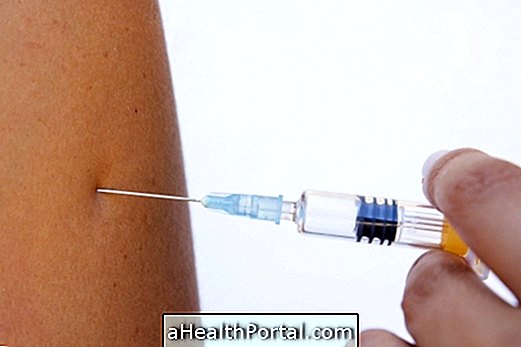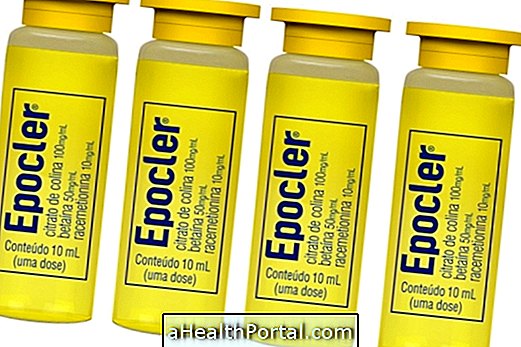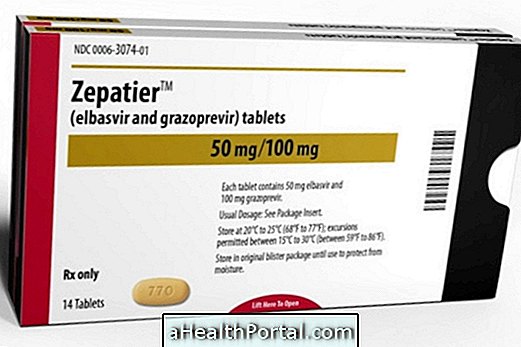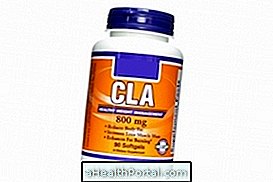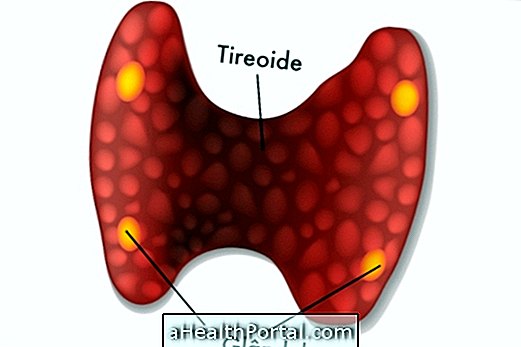There are 4 vaccines against Meningitis, the vaccine against Meningitis B, C, the pneumococcal vaccine and the conjugate vaccine against Haemophilus influenzae type b. They all protect against a different kind of disease.
Meningitis is a disease caused by a gram-negative bacterium called Neisseria meningitidis, which has different serogroups. This disease causes symptoms such as fever, headache, nausea, vomiting or signs of inflammation of the meninges, and when not diagnosed early can lead to death or leave sequelae such as deafness or brain damage.
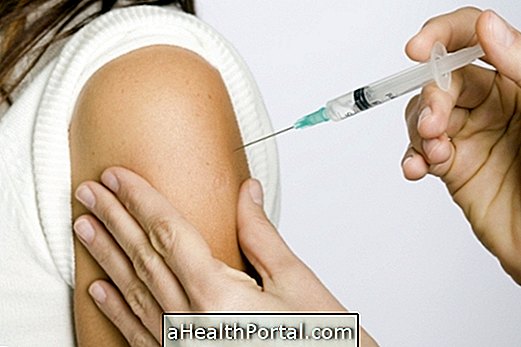
Main vaccines
To combat the different types of Meningitis, the following vaccines are indicated:
1. Meningitis C Vaccine
This vaccine, also known as the C meningitis vaccine, is indicated to prevent meningitis caused by meningococcus serogroup C in adults or children. As the protection of this vaccine only has a duration ranging from 1 to 2 years, it is only indicated in cases or regions where there are outbreaks of the disease.
How to take:
The C meningitis vaccine should be administered with only 1 dose, which should be given intramuscularly and is part of the vaccination plan. The reinforcement should be applied in children up to 4 years old and in adolescents 12 and 13 years old.
2. Vaccine against Meningitis B
This vaccine can also be known commercially as bexsero and is indicated for protection against meningitis caused by meningococcus type B.
How to take:
- For children 2 to 5 months of age, 3 doses of the vaccine are recommended, at intervals of 2 months between doses. In addition, a booster should be done between 12 and 23 months of age;
- For children between 6 and 11 months, 2 doses are recommended at 2-month intervals between doses, and a booster should be done between 12 and 24 months of age;
- For children between 12 months and 23 years of age, 2 doses are recommended, with a 2-month interval between doses;
- For children between 2 and 10 years of age, adolescents and adults, 2 doses are recommended, with a 2-month interval between doses;
- For adolescents from 11 years of age and adults, 2 doses are recommended, with an interval of 1 month between doses.
This vaccine can also be known by the trade name Bexsero and should be administered through an injection into the muscle, by a doctor or nurse. This vaccine is not part of the vaccination plan.
3. Pneumococcal Vaccine
This vaccine is indicated to prevent infections caused by the bacterium S. pneumoniae, responsible for causing serious diseases like pneumonia, meningitis, or septicemia, for example.
How to take:
For adults and children, only 1 dose is recommended to provide protection against the bacteria. After 5 years, the vaccine may need to be boosted, especially in people with a weakened immune system.
4. Conjugate against Haemophilus influenzae b
This vaccine although it is indicated to protect the body against the flu, it also helps to protect against Meningitis that in rare cases can be caused by this virus. Thus, this vaccine is indicated for children between 2 months and 5 years of age, and may also be administered in special cases to adolescents up to 18 years of age.
How to take:
- For children less than 1 year of age, this vaccine should be given in 3 separate doses, with a 60-day interval between doses.
- For children between 1 year of age and 5 years who have not taken the vaccine or who have not completed the 3 doses in the first year of life, administration of a single dose is necessary.
This vaccine should be given in the form of an injection, by a doctor or nurse, and is part of the vaccination plan.
When you do not take these vaccines
These vaccines are contraindicated when there are symptoms of fever or signs of inflammation or for patients with allergy to any of the components of the formula.
